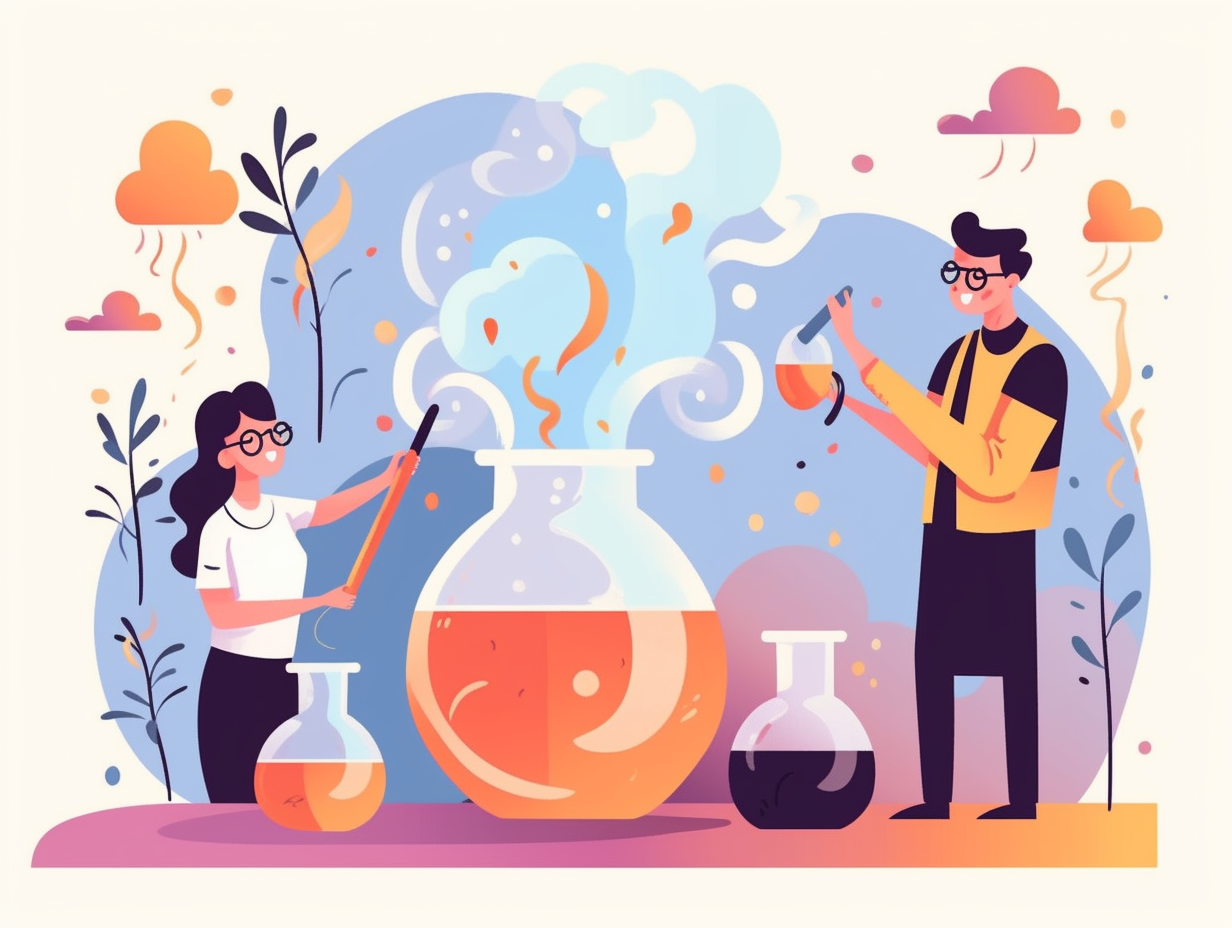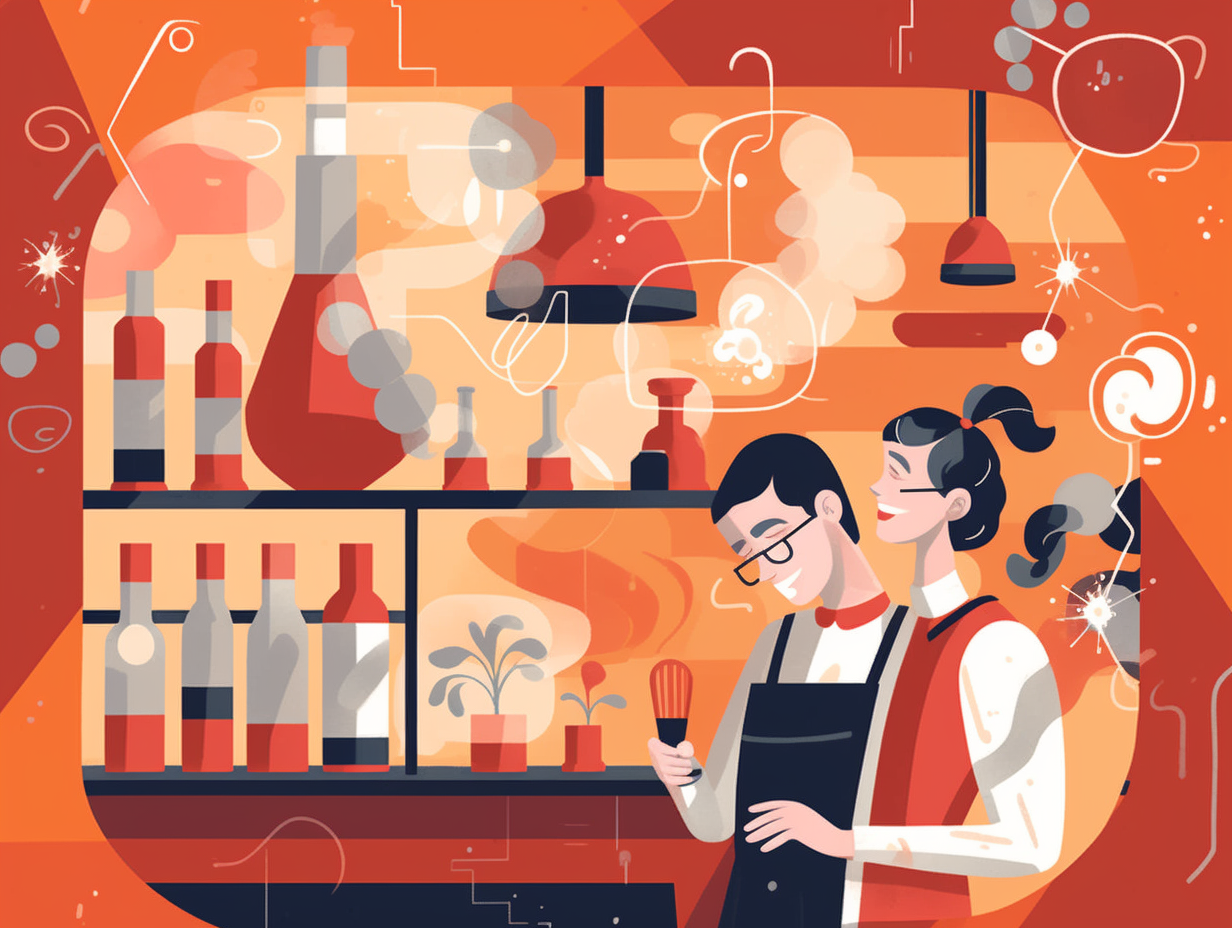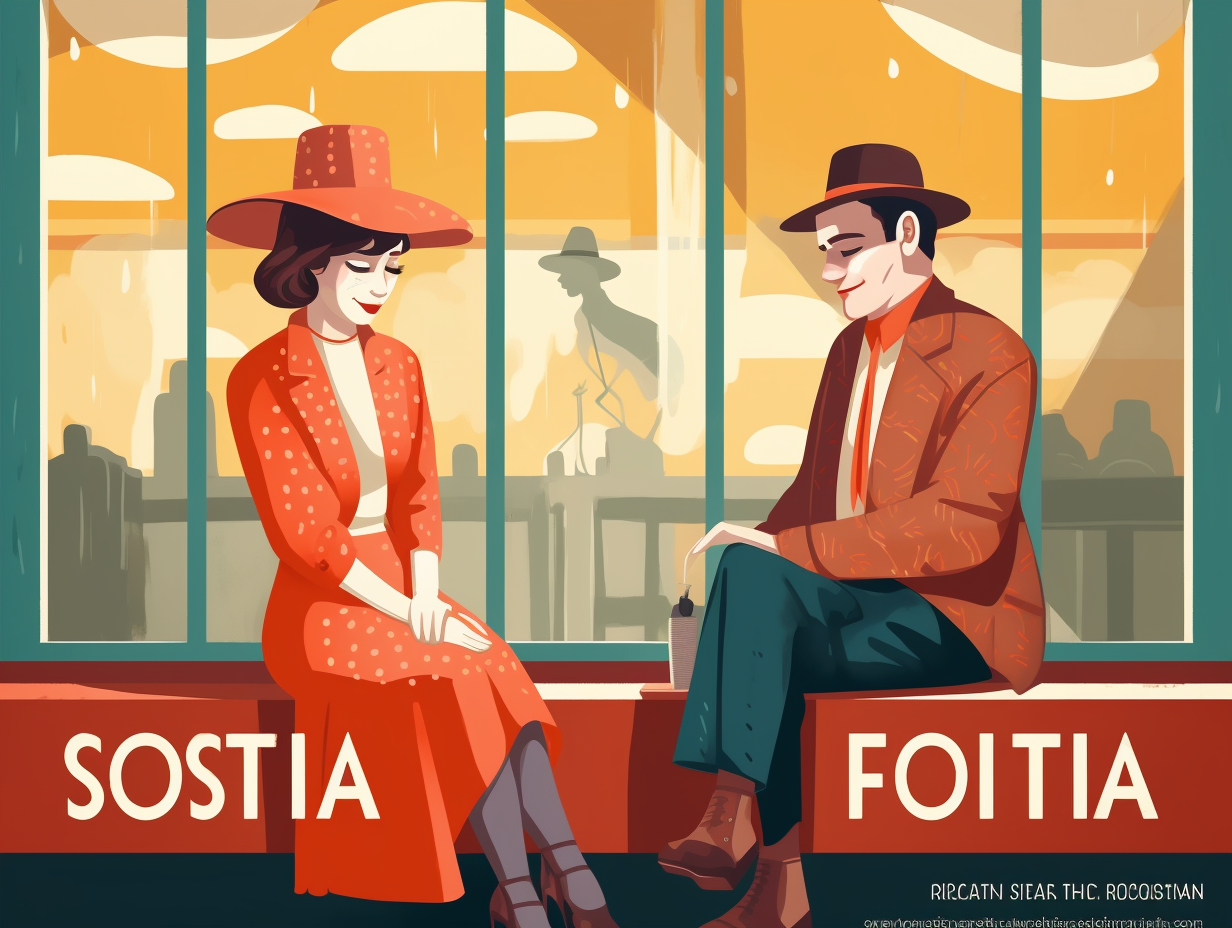Discover the Wow Factor: Top 12 Unbelievable Fun Facts About Chemical Reactions

1. Raindrop Party Crashers
Ever felt like screaming "Rain, rain, go away!" and thought it might actually work? Well, don't hold your breath, because Mother Nature's got her own tricks up her sleeve: raindrops are formed through a process known as condensation, where water droplets in clouds join forces and grow larger until gravity decides the party's over and sends them plummeting to the ground - no chemical reaction required, just simple temperature and humidity in the atmosphere to blame.
Source => nationalgeographic.org
2. Explosive Heart Fixer
When life gives you nitro, make nitroglycerin and treat some hearts: Nitroglycerin, first synthesized in 1847 as a powerful explosive, doubles as a life-saving vasodilator for heart conditions like angina pectoris and chronic heart failure, thanks to its conversion to nitric oxide by the enzyme mitochondrial aldehyde dehydrogenase (ALDH2) – discovered in 2002. Today, it's still used in medical treatments via sublingual tablets, sprays, ointments, and patches. Boom, your heart's healthier!
Source => en.wikipedia.org

Did you know bananas contain a radioactive isotope? Discover why eating thousands of them still won't harm you! 🍌☢️
=> Fun Facts about Chemistry
3. Science-Fueled Magic Smoke
Magic shows and mad scientists have one thing in common: a penchant for creating mysterious, dense white fumes that seem to hail from the realms of sorcery or chemical chaos! Abracadabra, pass the beakers: This magical effect is actually a chemical reaction between ammonium hydroxide solution and hydrochloric acid, which creates ammonium chloride. This solid compound sublimates into a gas, producing those enchanting plumes of theatrical fog.
Source => toppr.com
4. Nature's Firework Artistry
Who needs mood lighting when you can set the night ablaze with Mother Nature's own box of crayons? Fireworks: the pyrotechnic Picassos that bless our skies with dazzling displays, owe their chromatic splendor to some trusty mineral sidekicks. Barium unleashes verdant greens, strontium delivers fiery reds, copper calls forth deep blues, and sodium summons golden yellows. Mingle them to concoct oranges—a saucy tango of strontium and sodium—or lavenders—a spectral waltz of copper and strontium. Iron filings and charcoal nuggets star as the glittery gold sidekicks, and aluminum powder’s explosive talent headlines as the razzle-dazzle of bangs and flashes. Far from being one-hit wonders, these elements also dabble in medicine, oil and gas production, and ceramics, making them the renaissance minerals of the modern age.
Source => usgs.gov

5. Disco-Inspired Glow Sticks
Who needs a rave when you've got chemistry class: glow sticks put on their very own light show through a process called chemiluminescence, where cool chemical reactions excite electrons and transform them into party animals, emitting radiant, heat-free vibes as light.
Source => wristband.com
6. Festive Fizz Volcanoes
Pop the bubbly and brace for effervescence – celebrations are afoot when miniature fizz volcanoes erupt in your glass: A bottle of champagne owes its vivacity to millions of bubbles originating from a chemical reaction during fermentation, where yeast converts sugar into ethanol and carbon dioxide, building up to a whopping 90 psi of pressure, resulting in thicker bottles and corks wired in place while the bubbles engage in a festive dance called "coarsening" as their size increases with time.
Source => dispatch.com
7. Silly Putty's War Origins
Whoever said laughter is the best medicine never met Silly Putty—the gooey glob that could have soothed a World War II-sized itch for synthetic rubber: James Wright, a curious engineer at General Electric, stumbled upon the bouncy concoction by mixing boric acid with silicone oil, creating a stretchier and more boisterous replacement for rubber. Though it failed as a rubber substitute, the putty's comic book ink-lifting prowess caught the eyes of marketing maestro Peter Hodgson, who molded it into a multi-million dollar toy empire.
Source => people.wou.edu
8. Lemon-Powered Energy
When life gives you lemons, make... batteries? That's right, folks: combining the citric acid in a lemon with zinc can actually create an electric current, as the acidic reaction produces loose electrons which, when connected to a copper strip, generates a weak yet shockingly fascinating form of energy.
Source => scienceworld.ca
9. Sweaty Love Signals
Feeling like a love potion in a bottle, but maybe just slightly sweatier? Behold, the mystifying world of human pheromones: Natural chemical signals produced through our very own sweat glands, pheromones play a role in behavior and attraction among both humans and animals, but the effectiveness of pheromone-infused perfumes and sprays for amping up the romance remains up in the air.
Source => thefragranceworld.co.uk

10. The Clingy Chemical Romance
When your nonstick pan's saucy origins become a teflon-tastic love affair: PFAS chemicals, found in our favorite nonstick cookware and water resistant clothing, boast a carbon-fluorine bond that's one of the strongest in the chemistry dating game, making these "forever chemicals" practically indestructible. However, this clingy chemical romance isn't all sunshine and rainbows, as PFAS can accumulate in living tissue and harmfully impact human health.
Source => usatoday.com
11. Snowflake's Designer Wardrobe
Nature's intricate snow artistry: what a frosty, flirtatious designer! The secrets behind these lacy, one-of-a-kind masterpieces? Climate-controlled ice sculpting, darling: as ice crystals plummet from the heavens, diverse temperature and humidity conditions delicately carve their stunning individuality.
Source => noaa.gov
12. Flirty Fruits and Flowers
Flowers and fruits seem to have mastered the art of sweet talking: they release fragrant organic compounds that attract pollinators, repel pesky creatures, give a heads-up to their plant pals, and can even fight off bacterial and fungal invaders! Plus, they've won our hearts and taste buds with their tantalizing aromas and flavors.
Source => frontiersin.org
Related Fun Facts




















